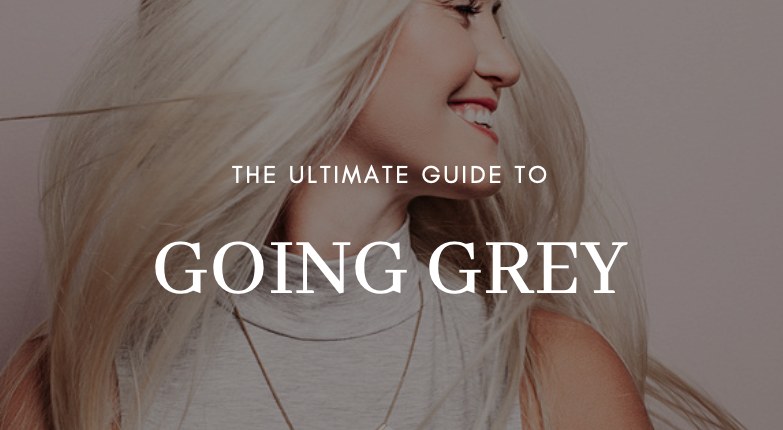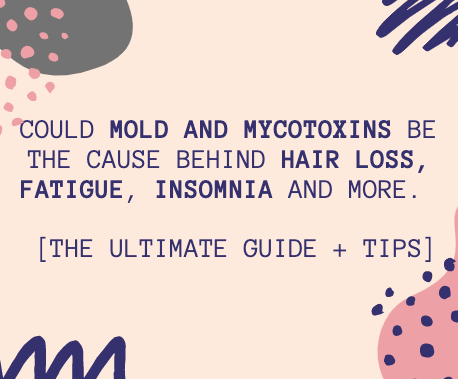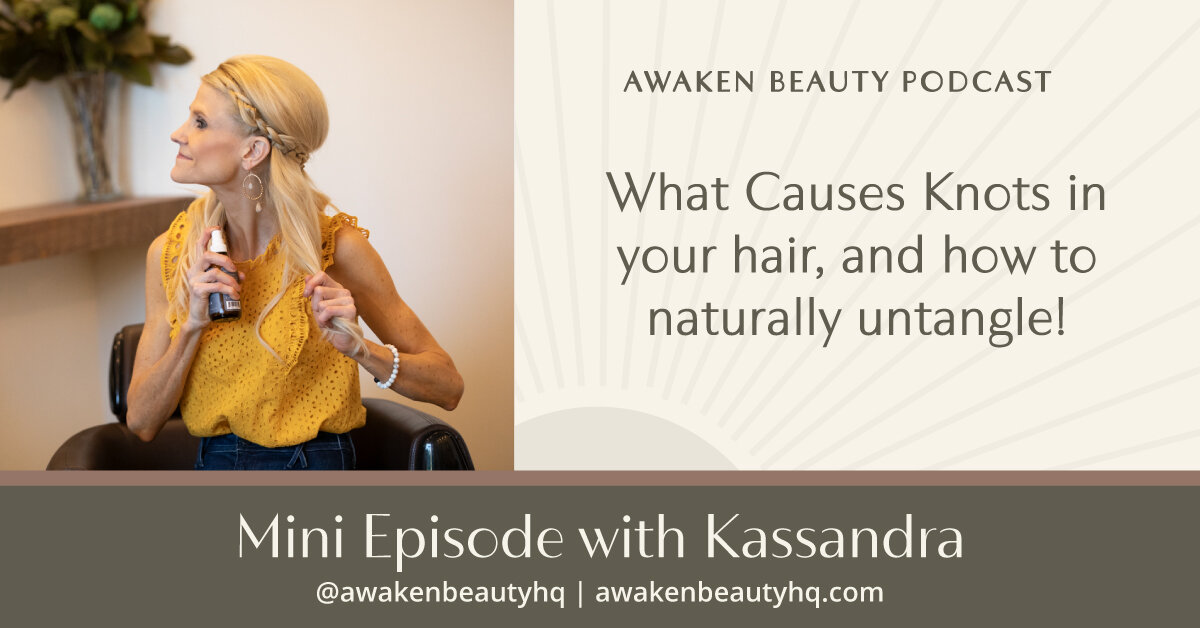BEAUTY SLEEP _ STRESS _ CORTISOL RISING
SLEEP DEEP
The relationship between sleep and adaptogens, in the perspective of Chinese Medicine, goes hand in hand with what is the “hidden” common knowledge:
Keeping the nervous system stabilized to remove the body from fight-or-flight mode to processing mode is key.
The way we sleep and the quality of sleep is directly related to the level of stress we’re dealing with.
Oftentimes, people think they are not experiencing stress, but are only dealing with insomnia.
In my experience it is very common that the insomnia is actually the way the body is manifesting and translating that stress.
Sleep is really important for the proper function of our organs. Getting to sleep at the right time is equally important as the quality of sleep because of the way organs regenerate themselves. Going to sleep later than 11pm at night consistently damages the quality of the liver function, which causes a domino effect with every other organ.
Understanding why we’re having trouble sleeping is key.
Knowing that our body needs to relax and adapt to the changes around us is key and using the proper herbs that will boost our blood flow and relax and nervous system is a great way to start.
Problems with sleep are quite common and can be caused by many factors: age, stress, hormones, stimulants, and daily habits.
All of these things can contribute to us to turning QVC on a 3 a.m.
So where does stress STEAL our healing while sleeping?
Stress disrupts the regular circadian secretion of cortisol and can be a major cause of sleep problems.
Cortisol normally obeys the body’s inner clock and responds to light and dark, morning and night.
By utilizing a hormone test (Dutch is the best), you’ll see that Cortisol levels are naturally highest in the early morning., lower in the afternoon, and lower at night.
Cortisol can be a GOOD thing - as it helps to synchronize activity, patterns of eating, and patterns of sleep.
But too much, for too long, strips our skin health, hair growth, mood, emoitions and overall energy.
PHYTO to the Rescue!
There are herbs available to us that can assist in calming the nervous system down and promoting a more restful sleep for deep healing and rejuvenation.
ADAPTOGENS | APPLIED TO SLEEP
Adaptogens are a sleeping beauty (lifesaver) for improved sleep regulates the production of cortisol, reducing stress.
Adaptogens are scientifically proven to allow the body and mind to adapt to stress with less negative impacts on the body.
The reason we create too much cortisol, to begin with, is connected to stress reactions. So certain herbs have the ability to deliver the vital cellular information needed to assist us in adaptive low levels of a chronic stress response.
A relaxed and calm nervous system allows for a better and more rejuvenating sleep.
The Top Adaptogens to Aid for Healing Sleep
American Ginseng | helps people with insomnia that is associated with chronic fatigue syndrome.
Ashwagandha | is a calming adaptogen and traditionally used for insomnia and nervous conditions.
Eleuthero | improves sleep quality and prevents nighttime waking.
Jiaogulan | is a calming adaptogen and is appropriate for anxious or agitated people with unstable hypertension, stress headaches, and anxiety-induced insomnia.
Rhodiola | is used to regulate sleep disorders and improve sleep quality.
Schisandra | is reported to relieve insomnia and dream disrupted sleep.
** CBN | a prolific species containing a broad range of chemical compounds. High in antioxidants and adaptogenic capacity. Having profound impacts on our nervous system and inflammatory actions, this creates a positive effect on the aging process by stabilizing metabolic function.
👉 Shop for our incredible Evoq CBN Sleep Tonic to help you balance and restore!
CBN uses & benefits
The most well-known benefit of CBN is its sedative properties. Many of the relaxing and soothing effects that are associated with cannabis consumption are believed to be a result of either CBN or terpene levels, or a combination of the two. These properties can help promote sleep and reduce problems associated with sleep disorders such as sleep apnea and insomnia.
CBN can decrease intraocular pressure and is being looked into with potential abilities to support those with glaucoma.
Similar to other cannabinoids, CBN may show promise in cancer treatment by limiting tumor growth.
CBN’s similar properties to THC, as an effective analgesic, to reduce pain related to inflammation, position it to be used in pain management treatments.
CBN displays anti-inflammatory and antibacterial effects, which supports evidence that there is potential that CBN could help with certain skin conditions such as psoriasis topically.
Research has indicated CBN has the ability to slow down the onset of symptoms caused by ALS and progressive, degenerative diseases.
How to choose an adaptogen best for you!
👉 I suggest picking the component you feel best suits you at bedtime with one ounce of H2O.
👉 Pick only 1-2 that resonate with you.
👉 Use for 6 weeks and be consistent.
In conclusion
Energy restores, our mind is more balanced and we bounce back quicker and prevent the body from creating too much cortisol feedback loop.
LOVE and LIGHT - and MANY GOOD NIGHTS BEAUTY SLEEP!























